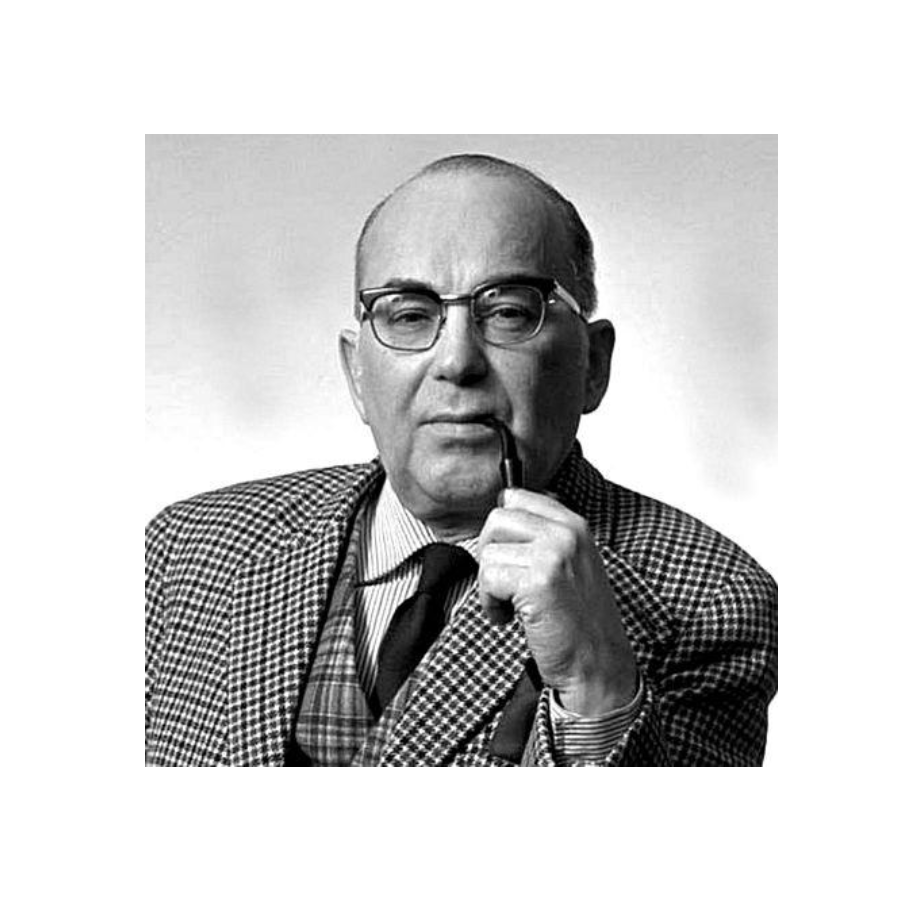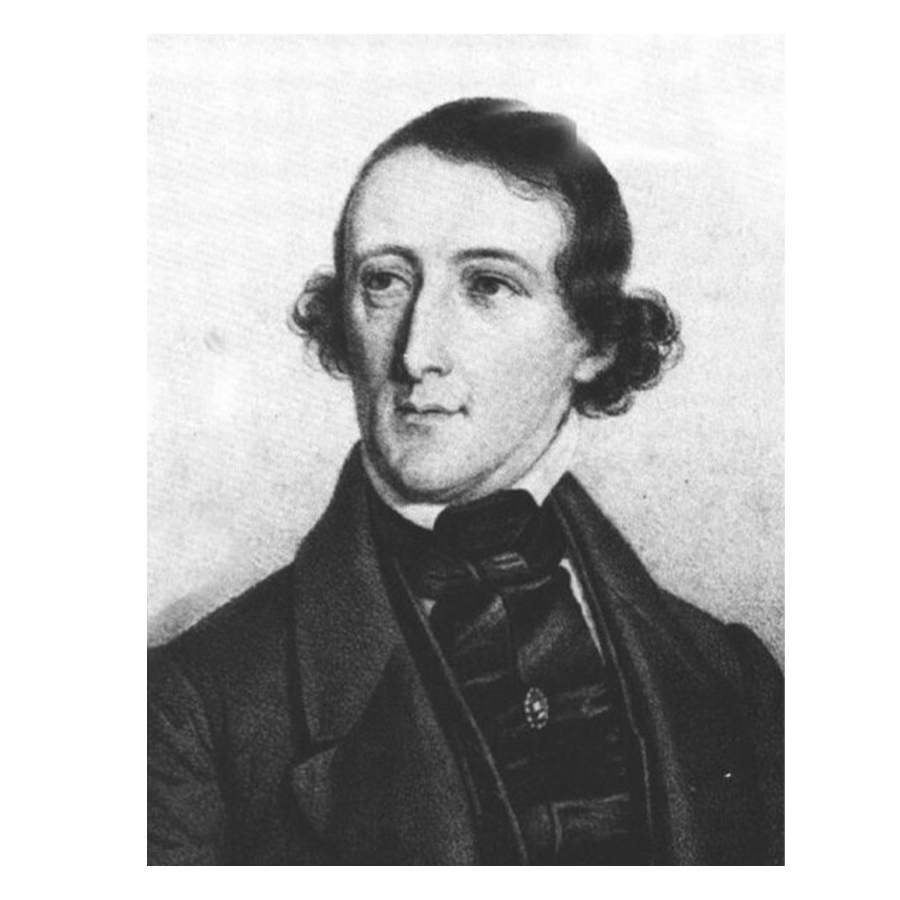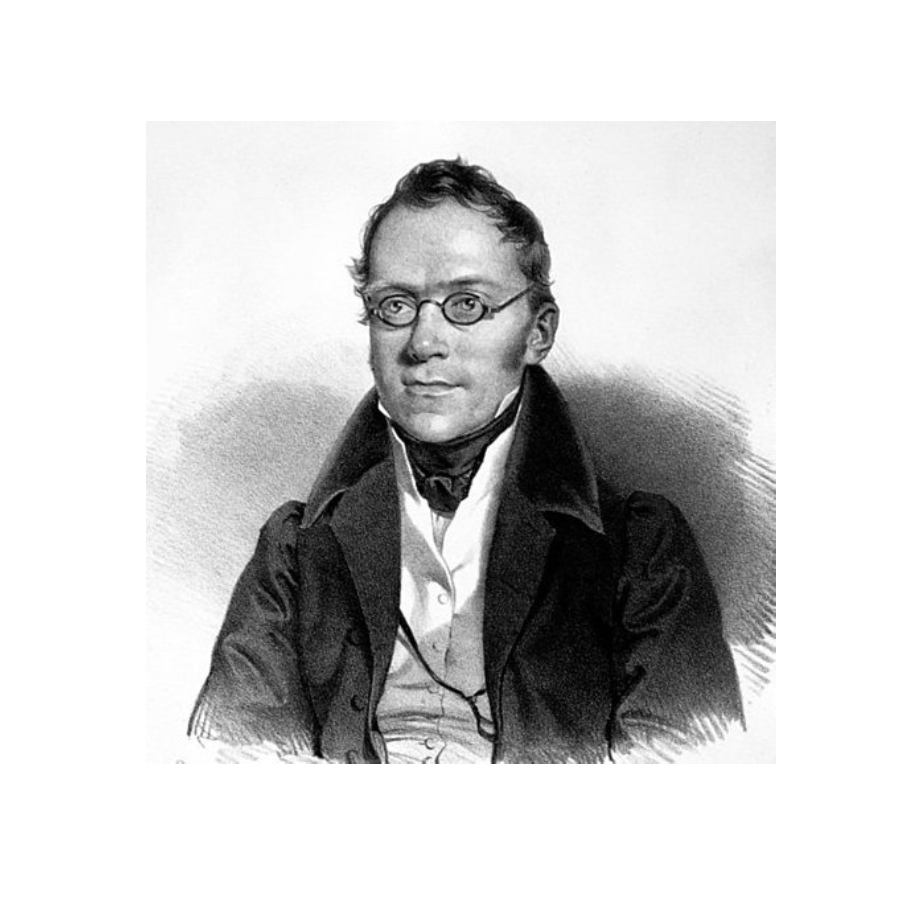This double ballet bill presents a crowning work of the Romantic tradition, August Bournonville’s La Sylphide, with an evocative score by Herman Severin Løvenskiold. In the atmospheric setting of the misty Scottish Highlands, a young farmer awakens to the call of a magical forest spirit, putting his marriage, his happiness, and even his own life at risk. Also on the program is Études, set to the music of Carl Czerny and choreographed by Harald Lander, which showcases the building blocks of classical ballet as dancers progress from basic movements to pointe. This stunning pair of performances celebrates the magnificence of dance.
Runtime:
2 hours & 38 minutes, including 2 intermissions (intermissions are 20 minutes each)
LA SYLPHIDE WITH ÉTUDES CASTING
All casting is subject to change.
Watch our recent La Sylphide with Études panel discussion and Q&A. This in-depth conversation features expert panelists Dinna Bjørn, Lise Lander, and Thomas Lund with Philadelphia Ballet Principal Dancers Sydney Dolan and Jack Thomas, moderated by The Louise and Alan Reed Music Director Beatrice Jona Affron. This special exploration of La Sylphide with Études was generously supported by Allen R. and Judy Brick Freedman.
Choreographers

Harald Lander
Danish dancer and choreographer Harald Lander (1905–71) created more than 30 ballets during his career, including his most enduring work—Études—and was artistic director of the Royal Danish Ballet for almost two decades.
Lander was a true product of the Danish ballet tradition. Lander trained at the Royal Danish Ballet School and joined the Royal Danish Ballet in 1923. But while the Royal Danish is committed to preserving the legacy of previous director August Bournonville, Lander was also open to new influences. In a break from tradition, he moved to New York in 1926 to study with choreographer Michel Fokine, best known for his work with the innovative Ballets Russes.
In 1929, Lander returned to the Royal Danish Ballet and was appointed artistic director in 1931. During his 20-year tenure as director, Lander cultivated a diverse repertory. He restored many of Bournonville’s ballets, including Napoli, La Sylphide, and Flower Festival in Genzano. He restaged several of Fokine’s pieces including Les Sylphides, Petrouchka, and Le spectre de la rose. And he choreographed several ballets of his own. From 1953 to 1963, Lander was ballet master for the Paris Opéra.
Lander’s most well-known piece is Études, a one-act ballet he created in 1948 that pays homage to classical ballet training. Études begins with dancers at the barre, then quickly transitions into a exhilarating performances that showcase intricate choreography and romantic lyricism.

August Bournonville
August Bournonville was born in Copenhagen on August 21, 1805. His father, Antoine Bournonville, was a dancer and choreographer, and director of The Royal Danish Ballet from 1816 to 1823, a position his son later held for nearly fifty years. Bournonville began his training early, studying dancing, singing, and acting, performing in children’s roles from the age of eight. In 1820, he went to Paris with his father, where he studied ballet under Auguste Vestris, performed at the Paris Opera, and became a soloist. He returned to Copenhagen in 1830 to become balletmaster of the Royal Theatre, where he revitalized the declining ballet scene.
He focused on elevating ballet’s artistic recognition, emphasizing sensitive, dramatic performances over mere display. Bournonville also advanced technical standards with challenging classes and created difficult roles for male dancers, revitalizing the male role in ballet. He created La Sylphide in 1836 for his favorite pupil, Lucile Grahn.
Bournonville ended his dancing career in 1848, remaining director until 1877. Though he believed his ballets would not outlive him, his works gained global recognition after his death in 1879, especially after The Royal Danish Ballet’s 1956 performance in New York.
Composers

Herman Severin Løvenskiold
For his own choreographic version of the ballet La Sylphide, August Bournonville commissioned a new score from the nineteen-year-old Baron von Løvenskjold (1815–1870). Some say it was because he did not have enough money to purchase the original 1832 score by Jean Schneitzhoeffer from the Paris Opera. However, French critics evaluated the score as not mastered very well, insufficiently dramatic, with tunes seemingly borrowed from works of other composers. Bournonville himself played the violin and thought music was “the most perfect instrument of imagination”. According to him “Music forms the foundation for ballet, melody and harmony evoke the atmosphere, rhythm defines the type and character of the dance. Music visualizes the meaning of the ballet mime.” Løvenskjold worked very closely with Bournonville. In line with his libretto, he composed the sequence of ballet parts; piano reduction was done for two violins. In the middle of the 19th century dance classes and rehearsals were accompanied by the violin. Bournonville noted: “This way music is composed to accompany the poem and ballet is then created in line with the rhythm and melodies, thereby merging both art forms into one common outcome.” Løvenskjold’s score for La Sylphide has been preserved and represents the oldest original Romantic ballet score. Musical means are applied to express the contrast between the ethereal world of a Sylph and its opposite in folk dances of the Scottish countrymen. Melodramatic sound effects and disharmonies increase the dramatic impact and intensify visual appeal of the stage plot. Løvenskjold composed primarily for the Royal Theatre, published ample piano music and an overture concertante. In cooperation with Bournonville he created ballet The New Penelope, or Spring Festival in Athens (1847). His monumental opera Turandot (1854) was staged just twice.

Carl Czerny
Carl Czerny was born in Vienna in 1791, and died there in 1857. He was a great pianist-pedagogue, the pupil of Beethoven, the teacher of Liszt, and the world’s champion as writer of popular pianoforte studies. Of these he wrote hundreds and they are perhaps the only remaining public relics of a varied production that ran to “Opus 1000.” His individual contribution to the history of music spreads to the specific areas of pianoforte playing and teaching, improvisation, and composition, especially in the areas of concerto, hexameron, and étude.